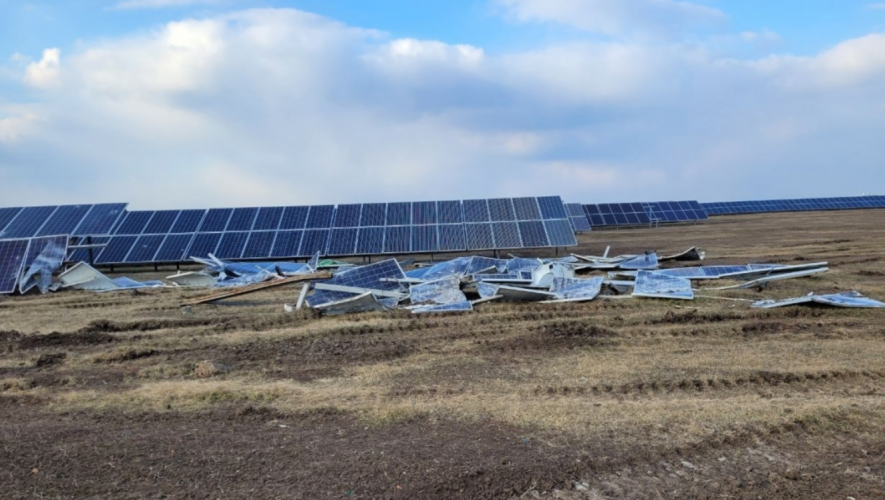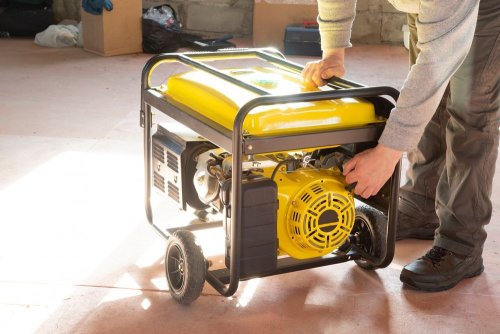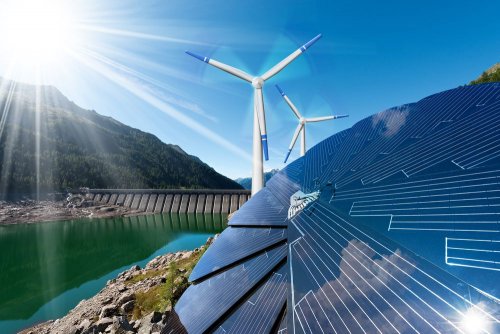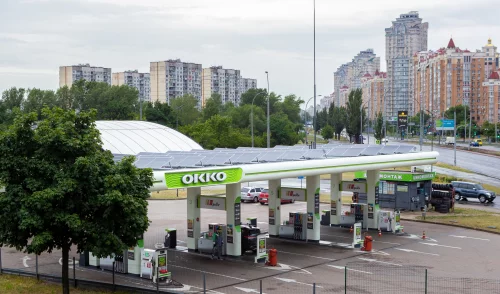In Ukraine, due to russian aggression, more than 550 MW of solar power plants and domestic SPPs were damaged or destroyed.
This is stated in the own study of the Solar Energy Association of Ukraine (SEAU), since it is currently difficult to accurately estimate the number of destroyed objects, reports pv Europe.
According to the Ministry of Energy, as of July 2022, over 30% of RES capacities do not currently generate electricity due to the war: around 12% of solar and around 90% of wind from the total amount of install capacity respectively.
In ASEU more than 50 owners of solar power plants whose installations had been damaged since the start of the war were interviewed.
Received data:
- 68% of destroyed objects were installed at the occupied territories or were located near the battle lines;
- According to the type of damaged power plants, residential installations account for 64.7%, industrial ground based – 29.4%, industrial rooftop are much less – 5.9%.
"But despite such challenges for the solar energy industry, Ukraine is confidently moving towards energy independence and is doing everything possible to ensure that “green” energy survives and continues to develop," the article says.
Aditionally Vitalii Shestak, CEO of SolarWind Systems (Kyiv) reported on LinkedIn: Most private solar power plants (SPP) in Ukraine before the war were on-grid type [88% of 45,000 plants]. During the invasion of the russian federation, many settlements/districts remained without electricity. Many owners of these SPPs faced the downside of the feed-in (green) tariff: "There are the panels installed, but they do not work".
"Of course, there are ways to get autonomous using manual tools, but obtaining full autonomy requires specific components that can not be bought in ordinary stores," Shestak said.
Some owners have already started upgrading their network stations to autonomous or hybrid ones. Such an upgrade involves the installation of an additional hybrid or stand-alone inverter and batteries.
Some of the installed panels can be converted to a new inverter to reduce the retrofit budget. Hybrid plants have a higher construction cost, but they provide energy independence.
Earlier, EcoPolitic wrote, that the hybrid station helped to survive from russian occupation for the family of Oleksandr Ananyev, a resident of the Kyiv region, and his fellow villagers. His village was surrounded for more than a month.
As EcoPolitic previously reported, solar power producers called on Ukrainians as much as possible to install solar panels faster, because global investments in SPP will only grow.





